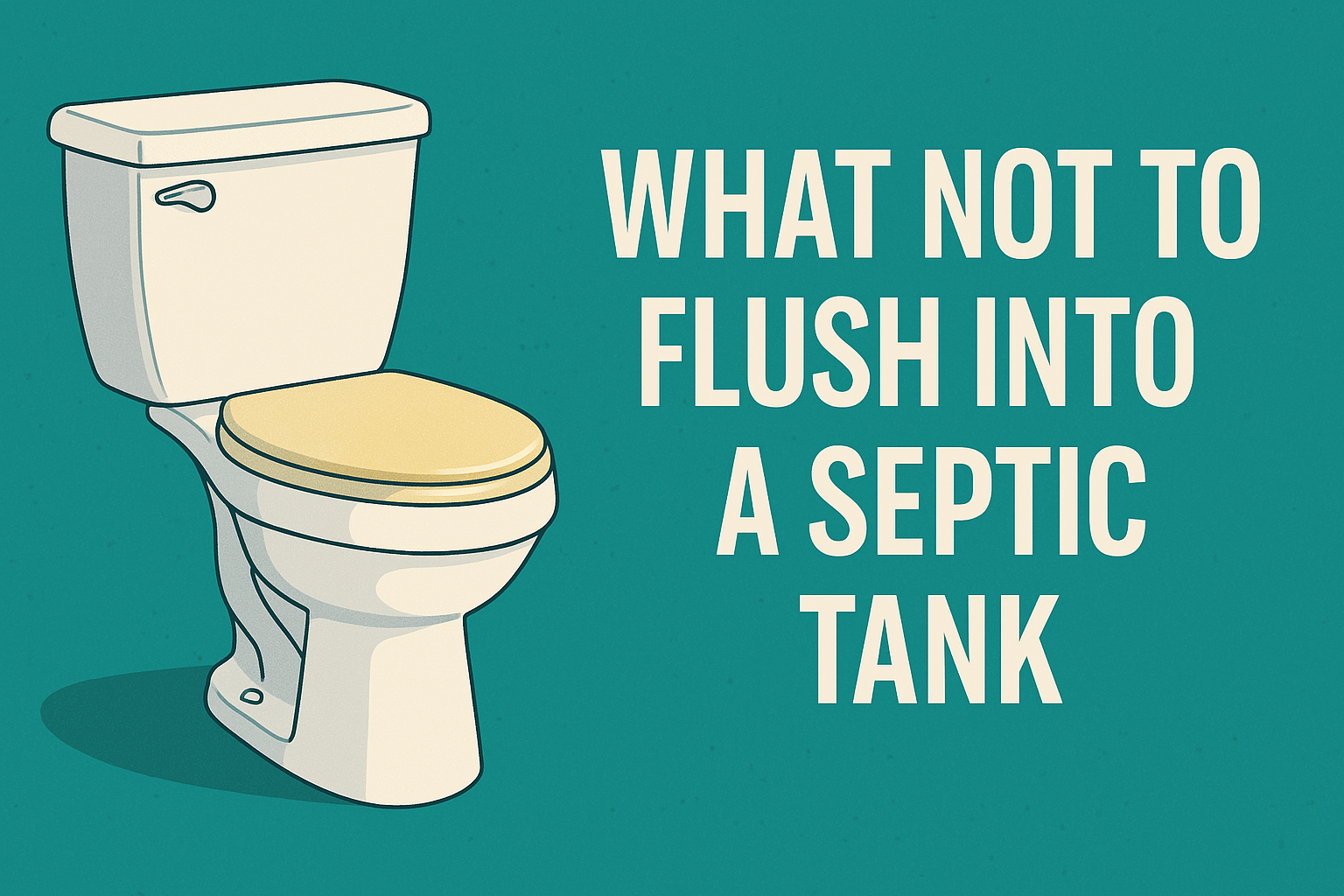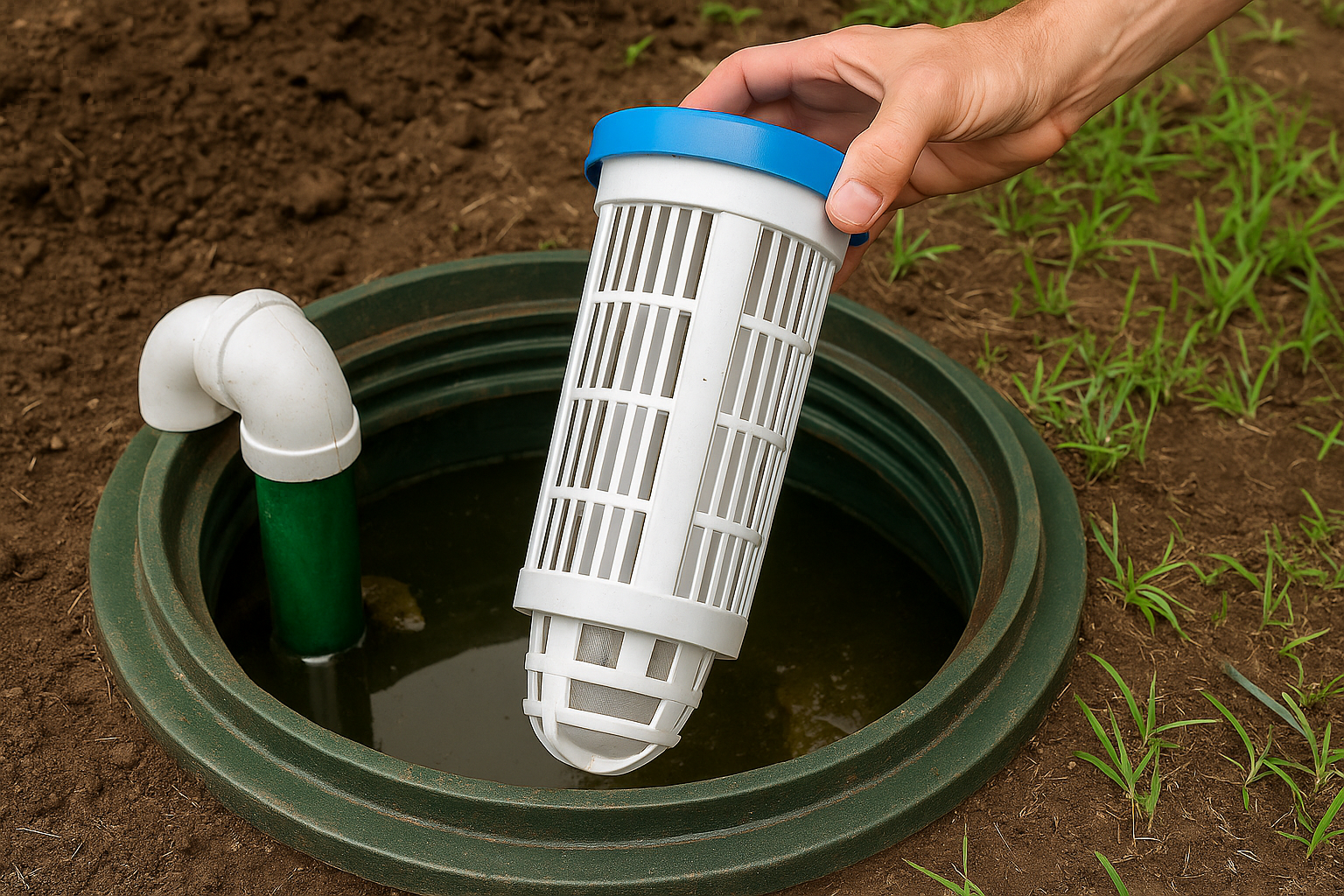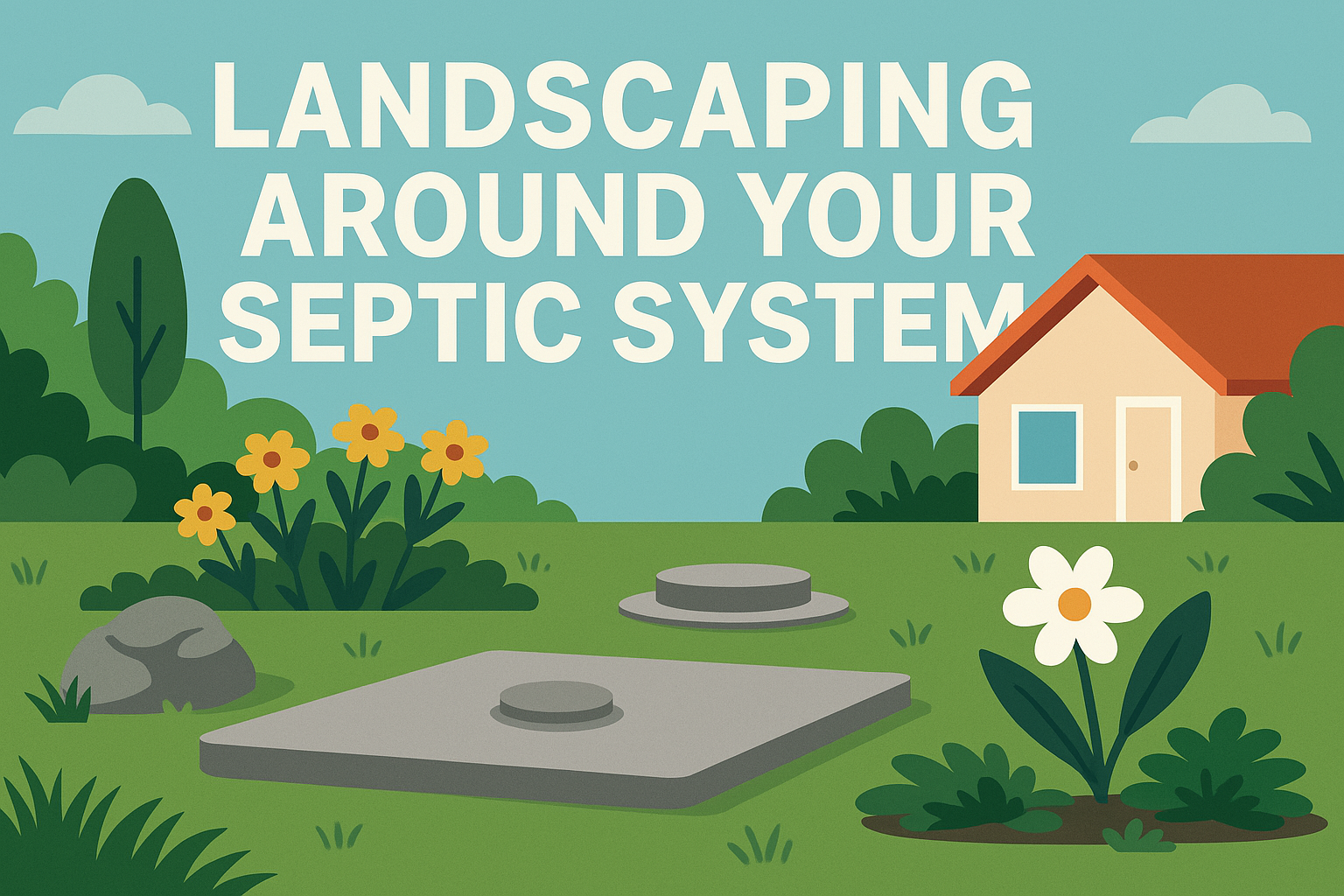What Not to Flush Into a Septic Tank (Avoid These Common Mistakes)
Your septic tank is tough, but it’s not invincible. One wrong flush can start a chain reaction that ends with clogged pipes, backups, or worse… a failed drain field. That’s why it’s essential to know what not to flush into a septic tank.
If you treat your toilet like a trash can, it’s only a matter of time before your system starts to rebel.
Why Flushing Matters (Even if It “Goes Down”)
Just because something disappears when you flush doesn’t mean it’s gone. Septic systems rely on bacteria to break down waste. If you introduce non-biodegradable or harmful materials, you can kill those helpful bacteria or clog up the works.
“We had to replace our pump after flushing so-called ‘flushable’ wipes for a year. Never again.” – Jenna F., homeowner in Oregon
Top Things You Should Never Flush Into a Septic Tank
- Wipes (even “flushable” ones): These don’t break down like toilet paper and can cause major blockages.
- Feminine hygiene products: Pads, tampons, and applicators can clog pipes and overwhelm the tank.
- Paper towels and tissues: These are too thick to break down quickly and can contribute to solids build-up.
- Diapers and baby wipes: Not only are they bulky, but they absorb moisture and can block outlets.
- Dental floss and hair: These act like netting and can tangle around moving parts or build up into dense clogs.
- Cat litter: Even the flushable kind is a big no. It clumps, doesn’t break down, and often contains clay or sand.
- Condoms and cotton swabs: Non-biodegradable and a nightmare for septic systems.
- Medications: Antibiotics and chemicals can kill beneficial bacteria in your tank.
- Grease, fats, and oils: These harden inside pipes and tanks, causing serious flow issues.
- Harsh chemicals or bleach: Anything that kills bacteria in your septic tank messes with its natural processIfif it’s not human waste or septic-safe toilet paper, it doesn’t belong in the bowl.
What About the Kitchen Sink?
The same rules apply! If your kitchen connects to the septic system, don’t pour grease, coffee grounds, food scraps, or harsh drain cleaners down the sink. Use strainers to catch food and toss waste into the trash or compost instead.

How to Train Your Household (Yes, Really)
Keep everyone on the same page with a simple rule:
“If it wasn’t something you ate or drank, don’t flush it.”
- Put up a small sign in guest bathrooms
- Keep a trash bin near every toilet
- Talk to kids about what’s flushable and what’s not
How to Be Septic-Smart Every Day
A few good habits go a long way:
- Use septic-safe toilet paper only
- Install low-flow toilets and faucets to reduce water overload
- Get your tank pumped every 3–5 years
- Inspect regularly and listen for signs of trouble
Need a Full List of Septic-Unfriendly Items?
Here’s a breakdown of what not to flush into a septic tank—bookmark it, print it, share it with your housemates.
Ready to Go the Extra Mile?
Want to protect your system for the long haul? Learn how to maintain a healthy septic tank with simple daily habits.





